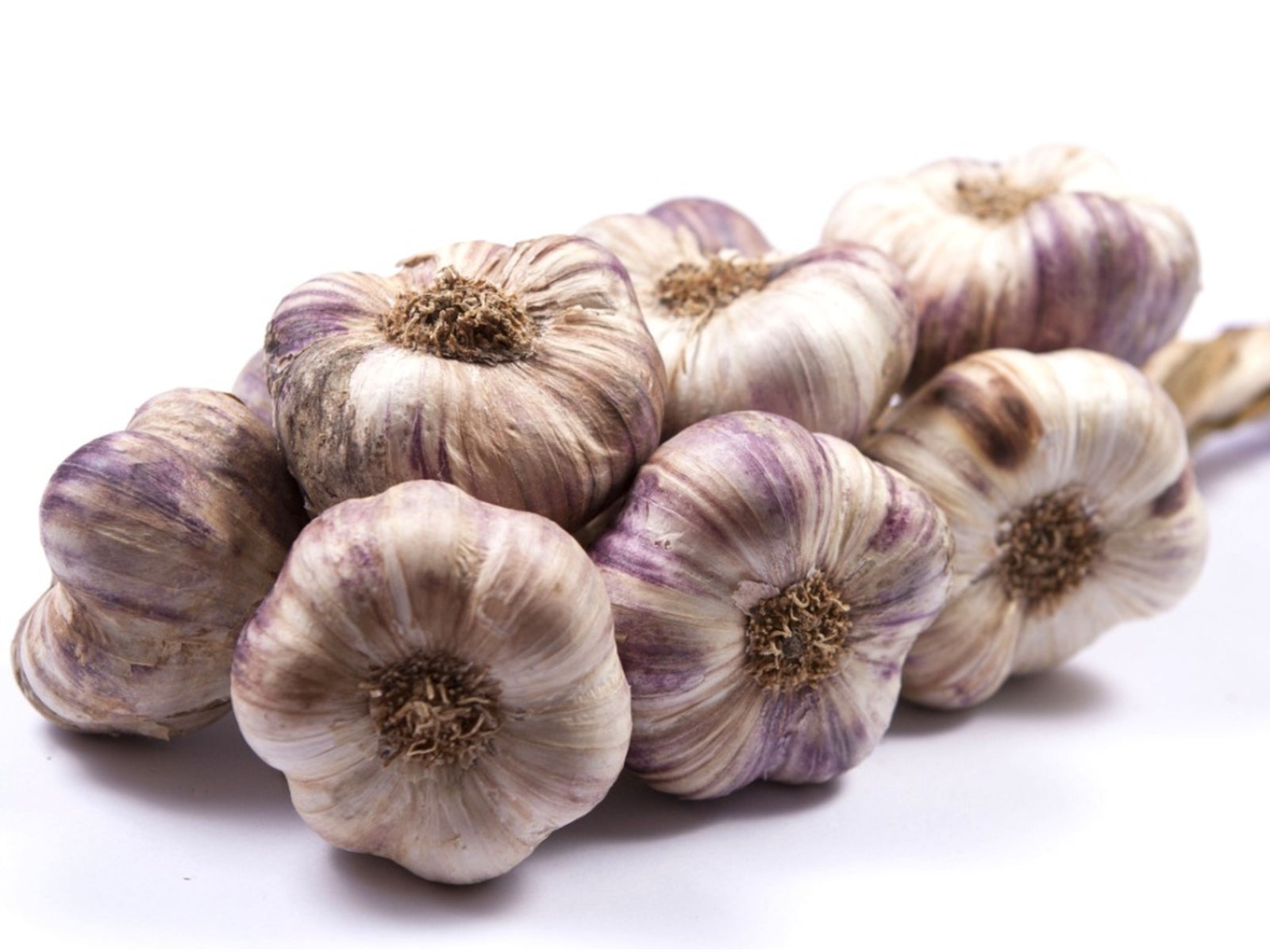Softneck Vs Hardneck Garlic - Should I Grow Softneck Or Hardneck Garlic


What’s the difference between softneck and hardneck garlic? Three decades ago, author and garlic farmer Ron L. Engeland proposed garlic be divided into these two groups according to whether or not the plants readily bolted. But when comparing these two subspecies, we find the hardneck-softneck garlic difference goes way beyond flowering.
The Hardneck-Softneck Garlic Difference
When visually comparing softneck vs. hardneck garlic, it's easy to distinguish between the two. Hardneck garlic (Allium sativum subsp. ophioscorodon) will have a woody stem protruding up through the center of the circle of cloves. Even if this stem is trimmed at the top of the garlic head, a portion remains inside.
Referred to as a scape, this flowering stem is the result of the garlic plant bolting during the growing season. If you were to observe hardneck garlic growing in the garden, the scape would produce an umbel-type flower cluster. After flowering, teardrop-shaped bulbs would form. These can be planted to form new garlic plants.
Softneck garlic (Allium sativum subsp. sativum) rarely bolts, but it's still easy to distinguish whether you have softneck or hardneck garlic when it does. If softneck garlic blooms, a shorter pseudostem emerges and a small number of bulbs are produced. Softneck garlic is the most common type found in grocery stores.
Comparing Softneck vs. Hardneck Garlic
In addition to the existence of a scape, there are other characteristics which make it possible to differentiate betweeen softneck and hardneck garlic heads:
- Garlic braids – If you purchase a braid of garlic, it's most likely softneck. The woody scapes make braiding hardneck garlic more difficult, if not impossible.
- Number and size of cloves – Hardneck garlic produces a single layer of large, oval to triangular-shaped cloves, usually numbering between 4 to 12 per head. Softneck heads are usually bigger and average 8 to 20 cloves, many of which have an irregular shape.
- Ease of peeling – The skin easily slips off most varieties of hardneck garlic. The tight, thin skin and irregular shape of softneck cloves make peeling more difficult. This also affects shelf life, with softneck varieties lasting much longer in storage.
- Climate – Hardneck garlic is hardier in cold climates, while softneck varieties thrive better in areas with warm winters.
To avoid confusion with either softneck or hardneck garlic varieties, bulbs or heads labeled as Elephant garlic are actually members of the leek family. They have the familiar clove-like heads and same pungent flavor as softneck and hardneck garlic.
Culinary Differences Between Softneck and Hardneck Garlic
Garlic connoisseurs will tell you there's a difference in the flavor of softneck vs. hardneck garlic. Softneck cloves are less pungent. They are also more likely to be chosen for seasoning in processed foods and in the commercial production of garlic powder.
Sign up for the Gardening Know How newsletter today and receive a free copy of our e-book "How to Grow Delicious Tomatoes".
The complex flavor of hardneck cloves is often compared to wild garlic. In addition to varietal differences, regional microclimates and growing conditions can also influence the subtle flavor profiles found in hardneck garlic cloves.
If you are interested in growing your own softneck or hardneck garlic, here are a few popular varieties for you to explore:
Softneck varieties
- Early Italian
- Inchelium Red
- Silver White
- Walla Walla Early
Hardneck varieties
- Amish Recambole
- California Early
- Chesnok Red
- Northern White
- Romanian Red

Laura Miller has been gardening all her life. Holding a degree in Biology, Nutrition, and Agriculture, Laura's area of expertise is vegetables, herbs, and all things edible. She lives in Ohio.